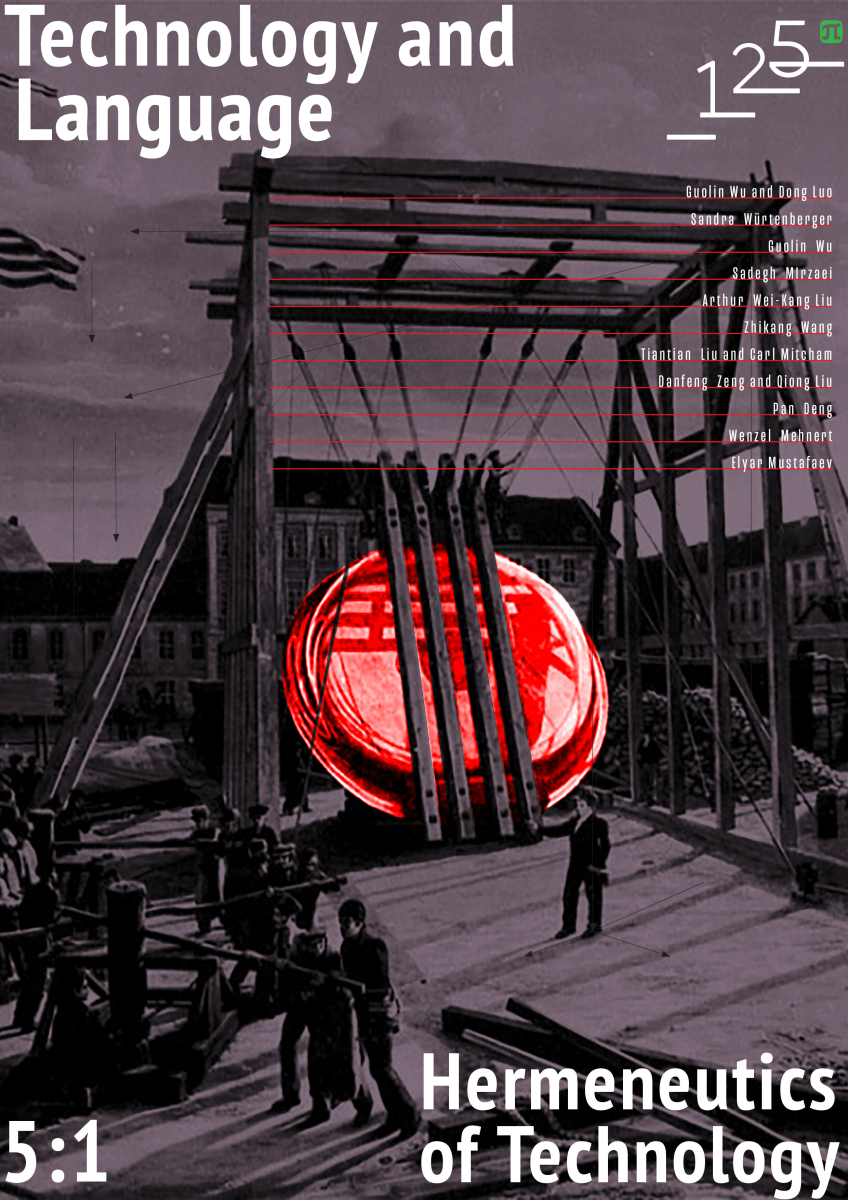On the Use of Linguistic Concepts in Design
It is conventional to talk about contemporary design norms and practices in linguistic terms, such as in the cases of ‘design language’, ‘pattern language’, and so on. However, the extent to which design is like language is not obvious. Given that observation, my intentions in this paper are to perform an exploratory analysis of the limits of talking about design in terms of its linguistic features. This paper is divided into four parts. The first offers a brief picture of what I take to be the necessary conditions that must be met for something to be properly considered a natural language. In the second part I examine the ways in which design is like language in that design possesses both semanticity and grammaticality. The third part addresses the fundamental question at the heart of this paper: is design literally a natural language, in the sense of satisfying all relevant conditions? To this, I respond in the negative, arguing that design cannot be properly considered a language. Because designed objects are functional, they are necessarily absent the arbitrariness that is integral to natural language. Finally, and given that design is not literally a language, I conclude with a brief discussion of the status of linguistic concepts in design as a productive metaphor.



